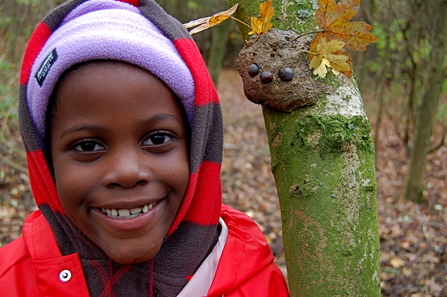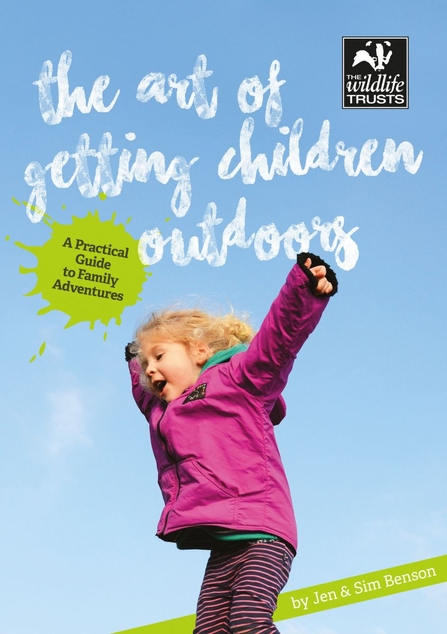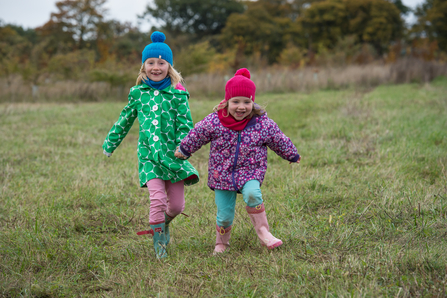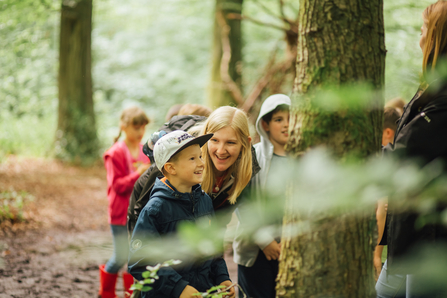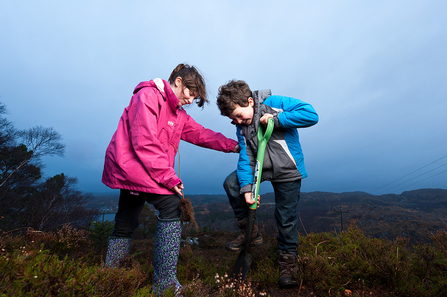Evidence has been growing for a number of years pointing to the array of health and social benefits to be derived from contact with the natural world for all ages1. However, results from a new YouGov poll, commissioned by The Wildlife Trusts, highlight the discrepancy between what parents think is best for children and what they actually experience.
The Wildlife Trusts, who reach around half a million children each year through their junior membership and work with schools, are concerned about a loss of contact with wildlife during childhood. Despite the fundamental importance of nature to childhood the signs are that a generation of children is growing up at arm’s-length from the natural world. Children’s freedom to roam and time spent outdoors has shrunk, and with it their opportunities to discover wildlife, with just one in ten ever playing in wild places.

